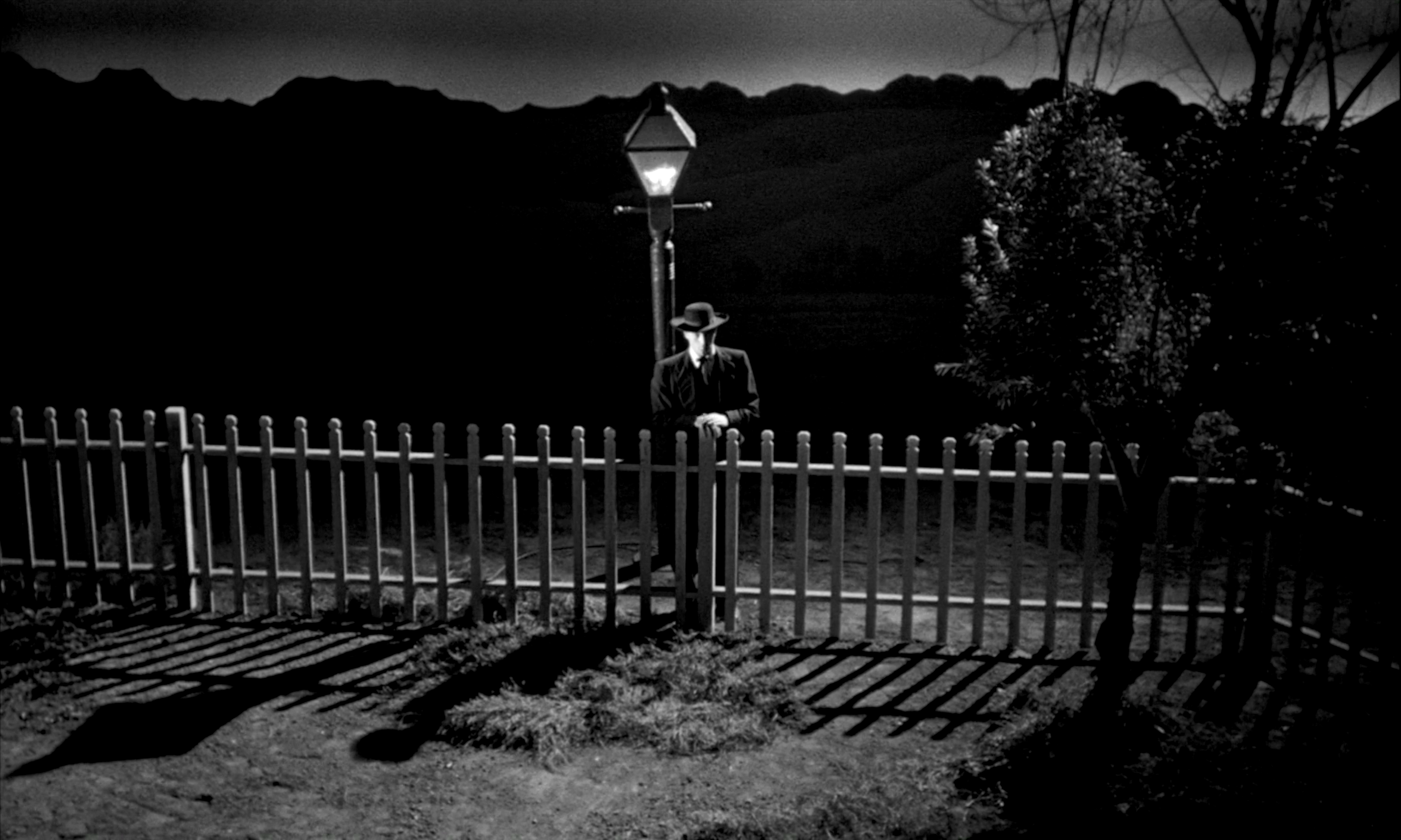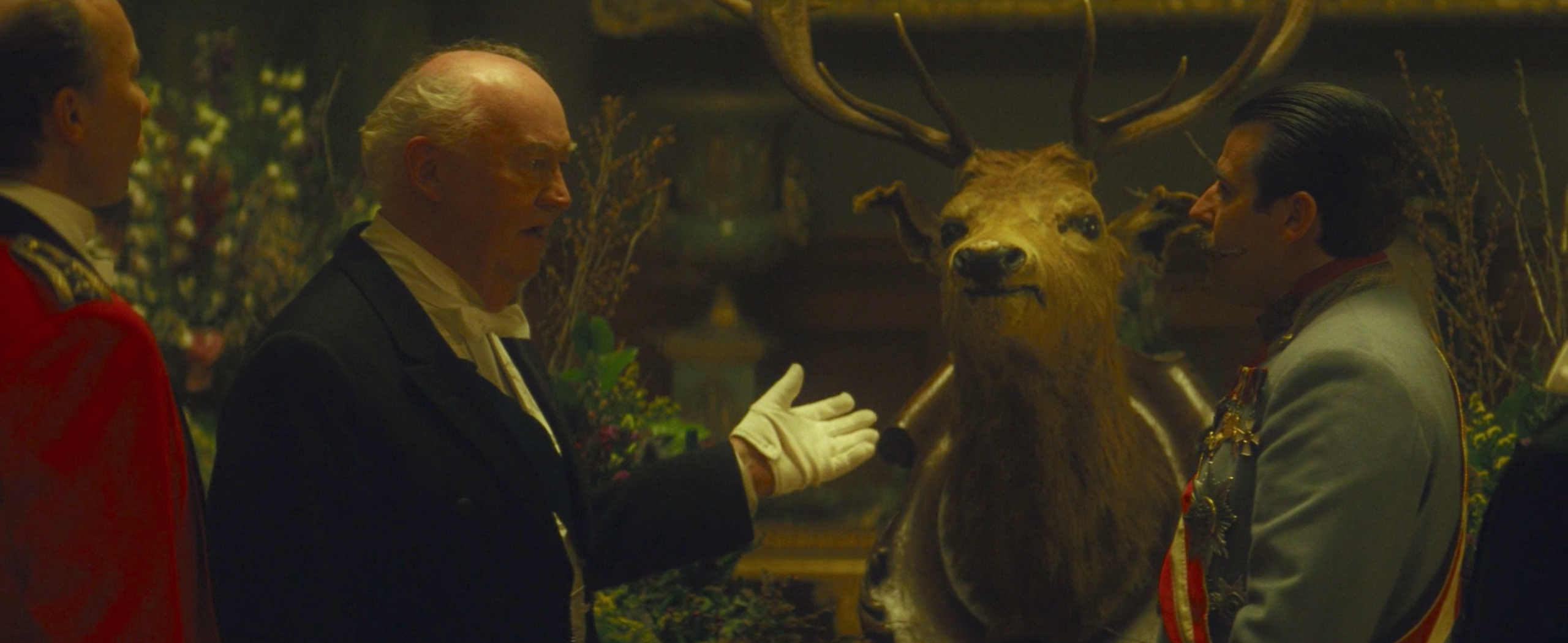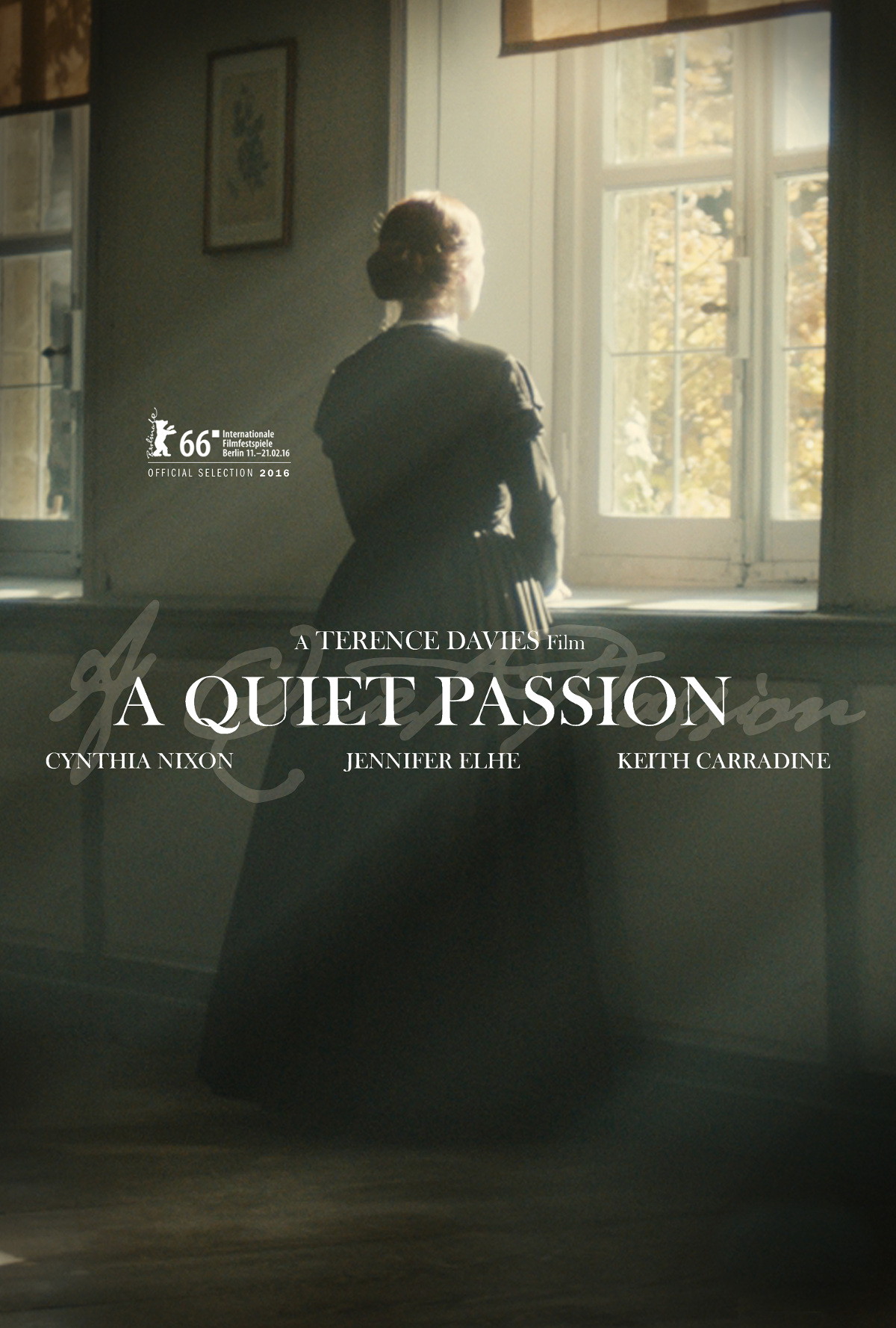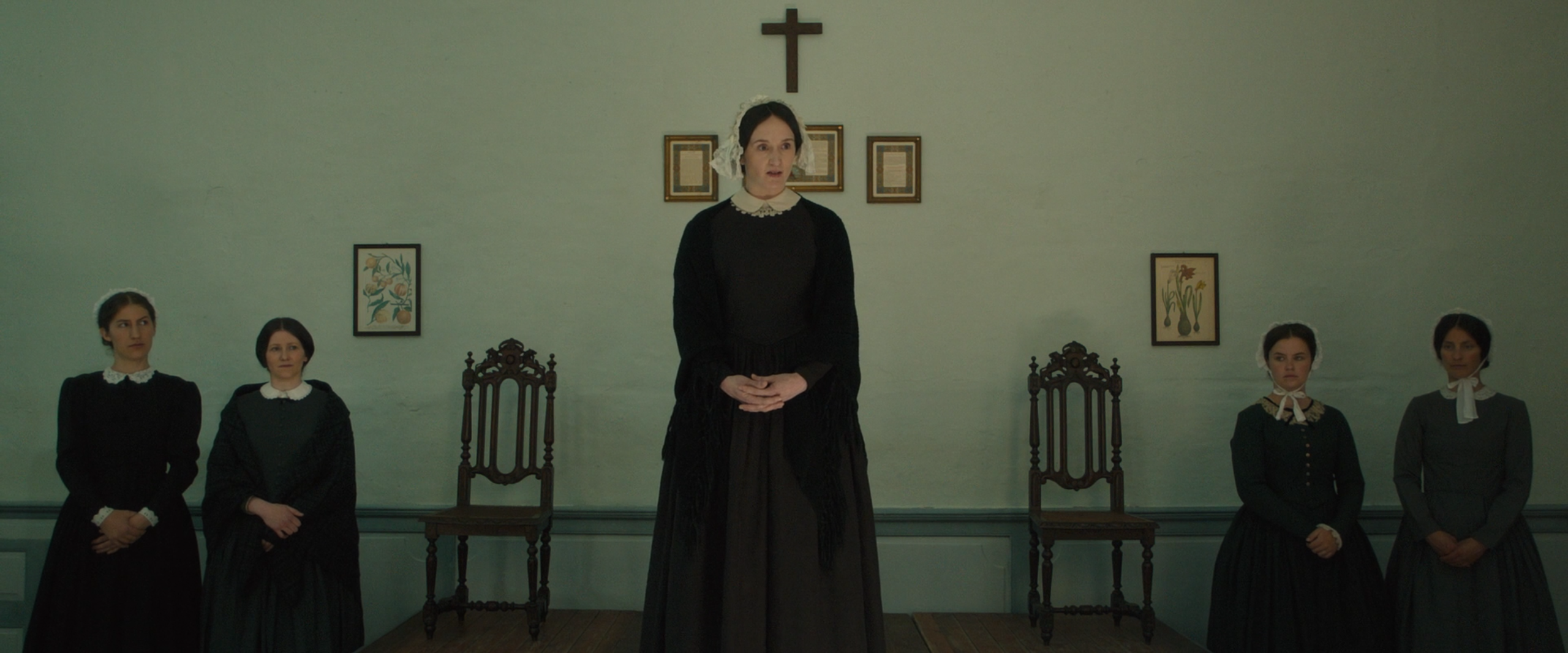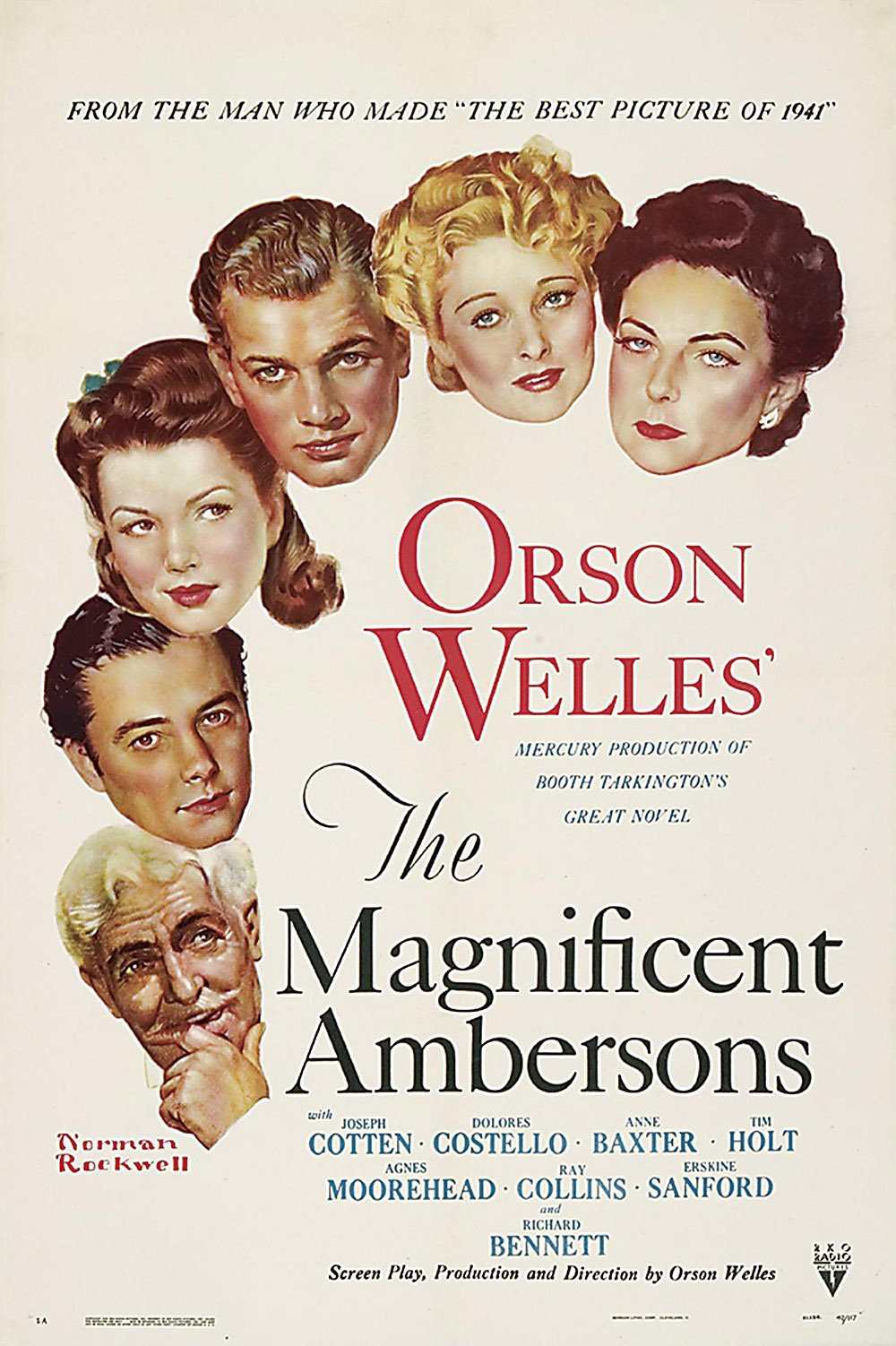The Furniture: The Night of the Hunter's American Expressionism
 Monday, August 7, 2017 at 12:15PM
Monday, August 7, 2017 at 12:15PM "The Furniture," by Daniel Walber, is our weekly series on Production Design. You can click on the images to see them in magnified detail.
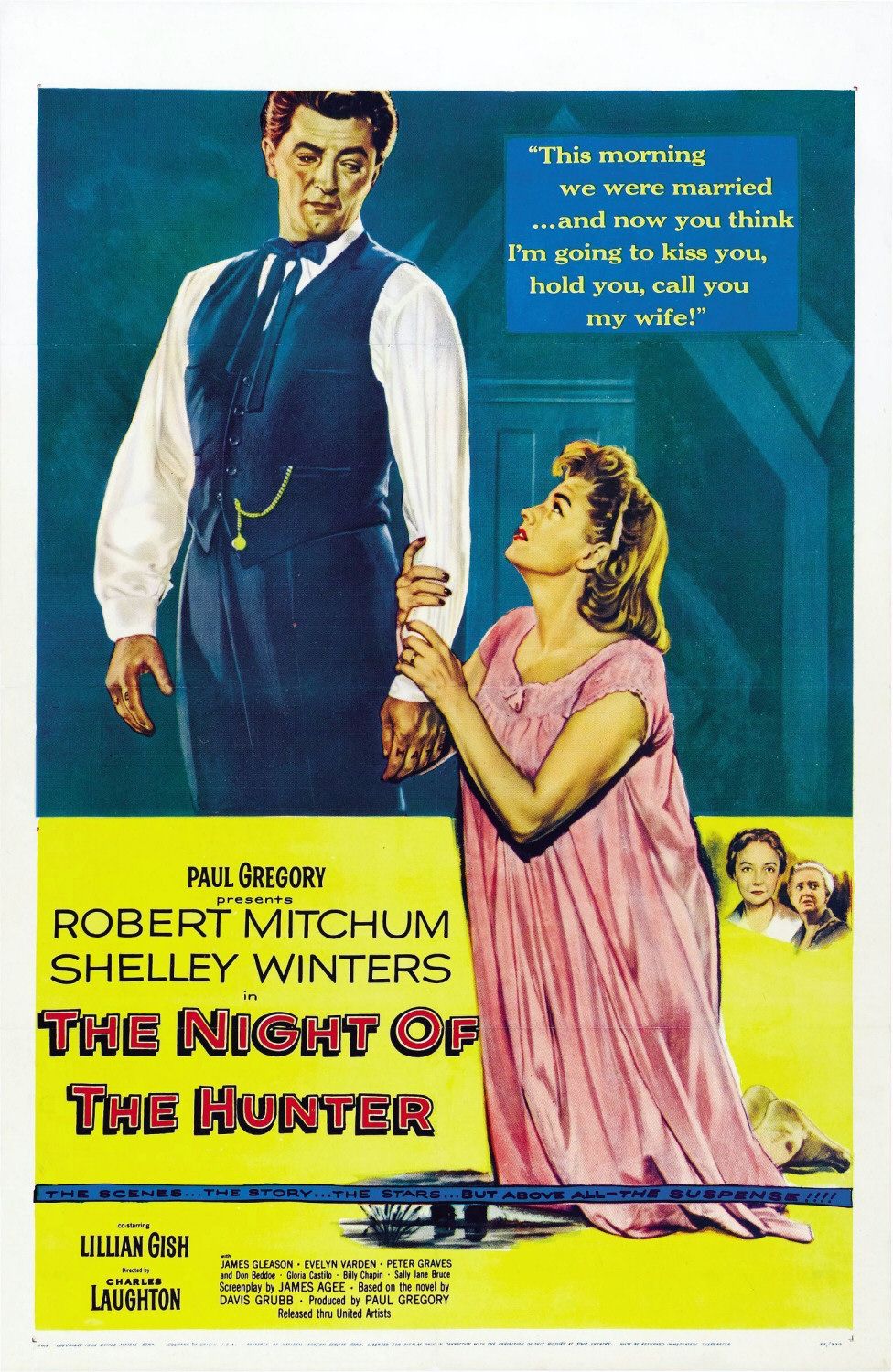
Charles Laughton’s The Night of the Hunter is an American classic. But it is also a clear descendant of a movement from across the Atlantic: German Expressionism. This comes through most clearly in the breathtaking work of cinematographer Stanley Cortez (The Magnificent Ambersons).
Yet while The Night of the Hunter’s visual language is clearly indebted to the German films of the 1920s, its sets are far cry from the angular nightmares of The Cabinet of Dr. Caligari and its siblings. Instead, the work of art director Hilyard M. Brown and set decorator Alfred E. Spencer is grounded in iconic American architecture. Through the intimate collaboration of production design and cinematographer, an Expressionist battle between good and evil unfolds through the aesthetic material of American life...



